What Is Quicksand?
Whether it’s a cliché trope, a MacGuffin misdirection, or a deus ex machina improbability, plot devices can be an effective means of moving a story along. But sometimes advancements in human understanding or innovation can render filmmakers’ beloved plot devices obsolete. Such is the case with the use of quicksand as a calamity or plot twist in movies and television shows…

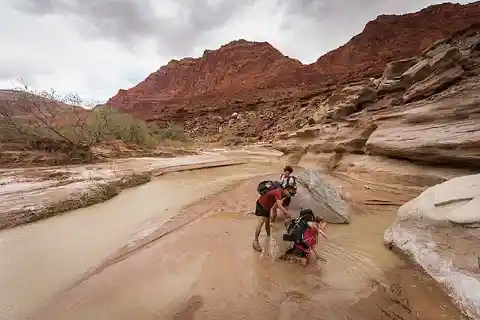
Quicksand is a mixture of fine grainy particles and water. Agitation alters the mixture into a dense, liquid soup. More loosely used in a cinematic sense, it can be any form of liquid muck that’s indicated to be nearly inescapable. Gloopy mud or tar pits have been effectively used as substitutes.
Why Was It So Commonly Used?
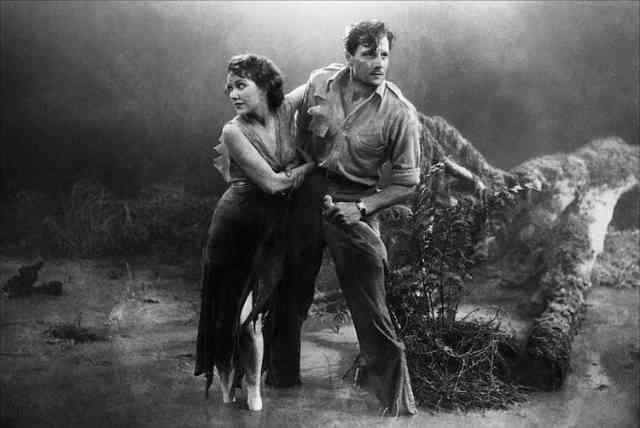
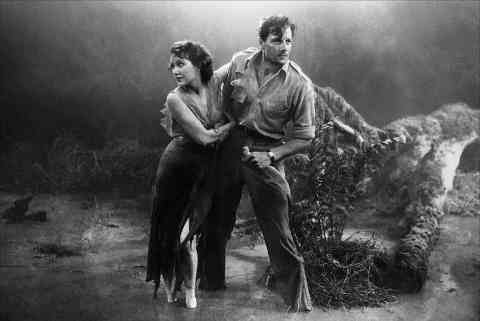
Like many effective calamity plot devices, drowning in quicksand was used to set movie-goers and television viewers on the edge of their seats in sympathy for the on-screen victim. The creation of a perilous scene allowed the showcase of the hero – the one who rises to the occasion and helps the victim escape. And it was adaptable in the means of escape, hindered only by the writers’ lack of imagination.
Dry or wet, quicksand hiding in a jungle, wooded area, or the middle of a desert was a popular trope for financial reasons too. Filmmakers found “quicksand” a very cheap effect to produce. A tub or pool of water, a thickening agent, some actors, and the convenient branch, vine, rope, or tool, and it’s, “Quiet on the set, and Action!”
Why Was It An Effective Means Of Instilling Fear?
The anxiety disorder ‘claustrophobia’ involves the fear of suffocation, feeling closed in, or being unable to escape. Reactions can range from a feeling of unease to a full-blown panic attack. Studies have indicated that as many as 10% of the population suffer from claustrophobia to some degree. Desensitization has been shown to be an effective means to treat, or even cure, the condition. And it sometimes clears up on its own, without intervention.
While the vast majority of people didn’t actually encounter or drown in quicksand, watching a quicksand-related scene on the big or small screen could instill the same sort of fear response as if it actually happened. For claustrophobia sufferers on the more severe end of the spectrum, it would be the stuff of nightmares – sometimes literally.
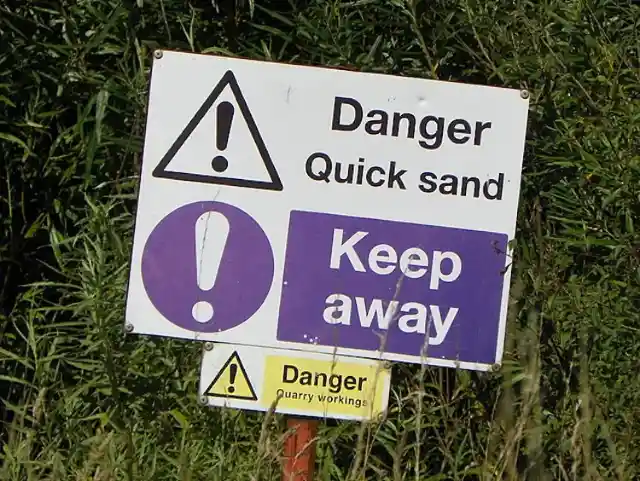
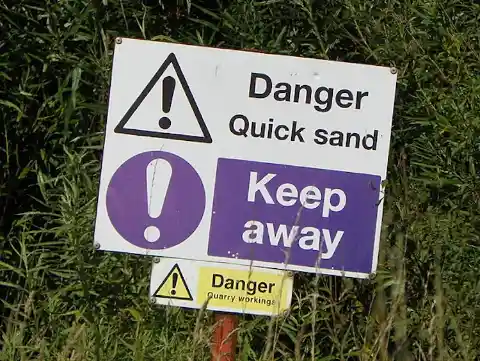
If It Was So Popular, And Worked So Well, Why Did It Fall Out Of Fashion?
Calamity gags fall out of favor for many reasons. Villains of the silent screen and early cartoons frequently tied their victims to railroad tracks. But as transportation and filmmaking technology advanced, this sort of gag fell by the wayside. It just wasn’t relevant to the viewer in a way they could relate to in their real lives. And OSHA pretty much laid the construction site calamity to rest, where the suspension of disbelief was no longer possible.
Quicksand’s disfavor, however, can most likely be traced to advancements in scientific understanding. The simple fact is that while quicksand certainly exists in real life, people just don’t drown in it. The human body is only half as dense as quicksand, so only half of the body can sink. Scientific studies proved that while getting out of the muck might be difficult, a quicksand victim will float at waist level rather than sinking completely.
The key to escaping is to remain calm. So, while a victim might become mired by agitating the sediment surrounding them, a calm reaction will allow flotation. And then the victim simply stretches out to increase the surface area and swims to safety.
So, despite kids of the 1960s and 1970s devising all sorts of methods of escape if they were ever so unfortunate as to encounter a quicksand pit, it’s simply a non-issue – and a gag no longer viable for a modern time.